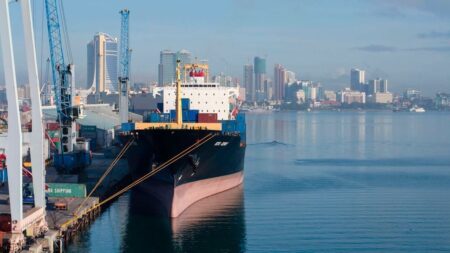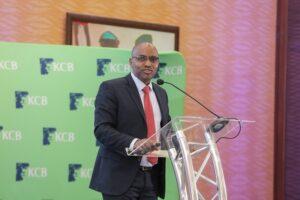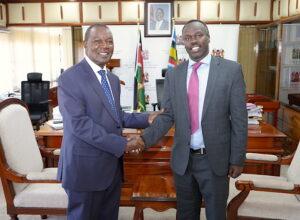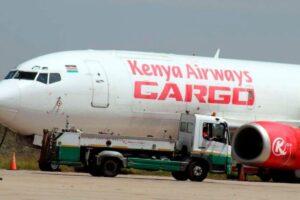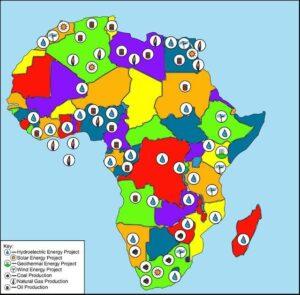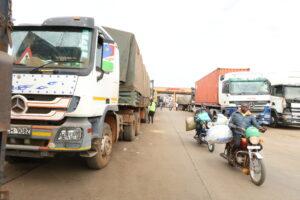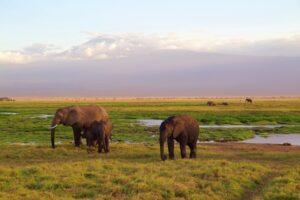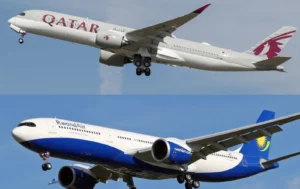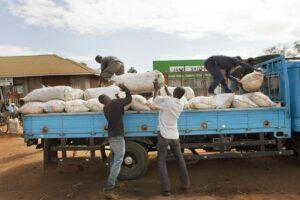- Africa’s new dawn: the rising role of digital and AI in agriculture
- Can Dangote Refinery Transform Africa Energy Ambition
- Gallup Survey: 80 per cent of Kenyan Workers Are Disengaged and Seek New Opportunities
- Madagascar Man Freed from 5KG Tumor After 15-Year Struggle
- How women in Africa are perceived and treated
- Sugar consumption in Kenya to Increase to 1.23 Million Tonnes
- Can Somalia and Turkey Oil deal Bring Change in Somaliland
- Remittances to Kenya dropped to $371.6 million in June, marking a six month low
East Africa
- Tanzania has offered the Uganda National Oil Company (Unoc) to use the Dar es Salaam port for oil importation.
- This presents a strategic alternative amid the ongoing importation stalemate between Uganda and Kenya.
- The legal dispute between Uganda and Kenya over oil importation policies is pending before the East African Court of Justice (EACJ), with indications that Uganda may withdraw the case.
Tanzania has stepped forward with an enticing proposition that Kampala finds hard to ignore, especially regarding the ongoing deadlock in Nairobi-Kampala oil imports.
Tanzania has extended an offer to the Uganda National Oil Company (Unoc) to utilise the Dar es Salaam port for its fuel importation needs. This development comes as Uganda explores alternatives in response to Kenya’s steadfast position on Kampala’s oil importation demands.
Uganda’s grievance at the East African Court of Justice (EACJ) remains pending amid these unfolding events, casting a shadow of uncertainty over …
- In the three months to March 2023, Group’s total assets rose by 39.8 percent to close at $11.8 billion buoyed by DRC subsidiary TMB.
- Revenue increased by 26.9 percent to $267.4 million mainly driven by the non-funded income from customer transactions across the Group.
- This is the Group’s newest subsidiary in the Democratic Republic of Congo.
- It demonstrated the range and diversified income streams across the group’s businesses, adequate to cover the elevated operating and funding costs.
Regional lender KCB Group Plc posted $68.8 million in profit after tax for the first quarter 2023, a marginal drop attributable to acquisition and consolidation costs of its newest subsidiary, Trust Merchant Bank (TMB), in the Democratic Republic of Congo.
In the quarter, however, the Group recorded a strong balance sheet growth with total assets hitting $11.8 billion, with TMB contributing 14 percent to the Group’s total assets. The bank said this was …
- Insurance industry paid claims worth $400Mn in three months from October 2022 to December 2022 representing a 3percent increase compared to the third Quarter of 2022 that paid claims worth $391Mn.
- Latest statistics from the Insurance Regulatory Authority (IRA) indicate that the number of claims reported to the insurers were 2,040,600, a 12.6 percent increase compared to 1,811,141 claims reported in Q3,2022.
- General liability claims paid went up by 16.8 percent to 14,085 claims worth $42Mn from 12,055 claims paid worth $40Mn billion in the previous quarter. Non – Liability claims paid hit 1,714,723 claims worth $170Mn representing a 1.8 percent from 1,684,698 claims worth $160.31Mn reported in Q3 2022.
Insurance industry paid claims worth $400Mn in three months from October 2022 to December 2022 representing a 3 percent increase compared to the third Quarter of 2022 that paid claims worth $391Mn.
According to the Quarter 4 of 2022 claims …
- LG Electronics has appointed Dong Won Lee as its new Regional Managing Director for East Africa (EA) as the company seeks larger market share in the region.
- Lee replaces Sa Nyoung Kim who served as LG EA Managing Director for three years since January 2020.
- Lee brings over 20 years of hands-on experience and knowledge in leadership, performance improvement, sales, and marketing in the consumer electronics industry.
LG Electronics has appointed Dong Won Lee as its new Regional Managing Director for East Africa (EA) as the company seeks larger market share in the region.
Lee replaces Sa Nyoung Kim who served as LG EA Managing Director for three years since January 2020.
Before his appointment, Dong Won Lee was the Managing Director of LG Iraq, a position he has held since 2019. He is celebrated for turning around the business in Iraq by increasing sales growth by 50 percent hence …
As Africa’s role in the global economy continues to garner prominence, it’s imperative for the continent to seal the gaping hole in its power supply.
Lack of universal power access remains a major roadblock that has retrogressed industrialization and socio-economic development. Statistics from the World Bank indicate that Africa remains the least electrified region in the world, with 568 million people lacking access to electricity.
The Bretton Woods institution, further notes that the Sub-Saharan Africa’s share of the global population without electricity, jumped to 77 per cent in 2020 from 71 per cent in 2018, whilst most regions saw declines in their share of access deficits. It has become a Hobson’s choice for African governments to prioritize the power sector, which is the epicenter of industrialization, working towards Goal 7 of the UN SDGs; which advocates for universal access to affordable, reliable and modern electricity services.
Currently, Africa’s power is …
World Bank further notes that the unified digitisation of the East African economy is estimated to generate up to a US$2.6 billion boost in GDP and 4.5 million new jobs that will largely benefit those at the bottom of the pyramid.
Data by GSMA reveals that by the end of 2020, 495 million people subscribed to mobile services in Sub-Saharan Africa, representing 46 percent of the region’s population, an increase of almost 20 million on 2019.
GSMA revealed that smartphone connections will more than double by 2025 in Sub-Saharan Africa with the East African Community registering the largest incremental growth, led by Rwanda and Tanzania. …
There is a fear among the East African Chairs that such hurdles may encourage unneeded rivalry and retaliatory limitations.
During the lockdown, families were dispersed and enterprises were shut down as women cross-border traders chose to conduct business on the Tanzanian side owing to the lockdown and the 14-day quarantine requirements on the Ugandan side.
The Mutukula border clears 150-200 trucks of Tanzanian merchandise daily with a one-hour clearance period for each vehicle.…
Rwanda has gone a step further and promoted its tourism attractions on the world stage, through sports via its ‘Visit Rwanda’ tagline on England’s Premium League football clubs.
The EAC core objectives compel the countries to bring collective efforts to promote their industry and share benefits as they come. So far, the EAC treaty (under Article 115) has shown partner states can undertake and develop collective and coordinated approach to the promotion and marketing of quality tourism into and within the community (EAC).
Hence, the entire concept of coordinating policies in the tourism industry to establish a framework of cooperation is vital, as it will promote the equitable manner of benefit-sharing. …
Ending LF Elephantiasis as a public health problem in the three nations would make them the first cluster of countries in Africa to achieve the breakthrough.
This, following the announcement by the World Health Organisation (WHO) in January 2020 that Malawi had eliminated the disease as the second country in Africa, after Togo in 2017.
Elephantiasis is a Neglected Tropical Disease (NTD) which causes swelling and disfigurement and has left thousands of East Africans permanently disabled.…





